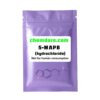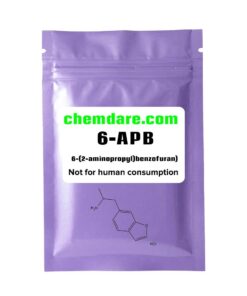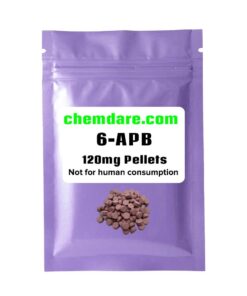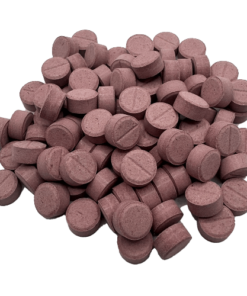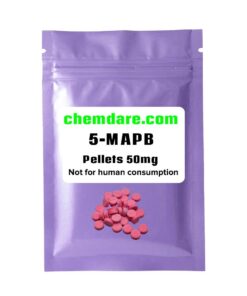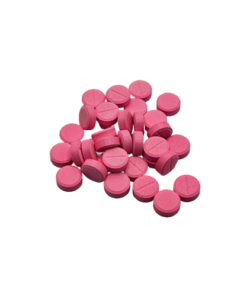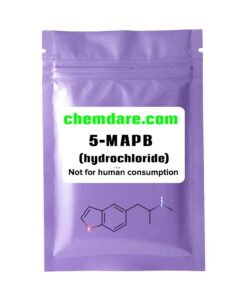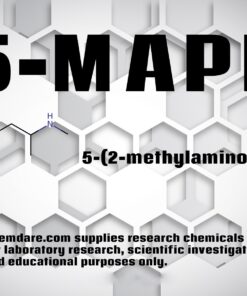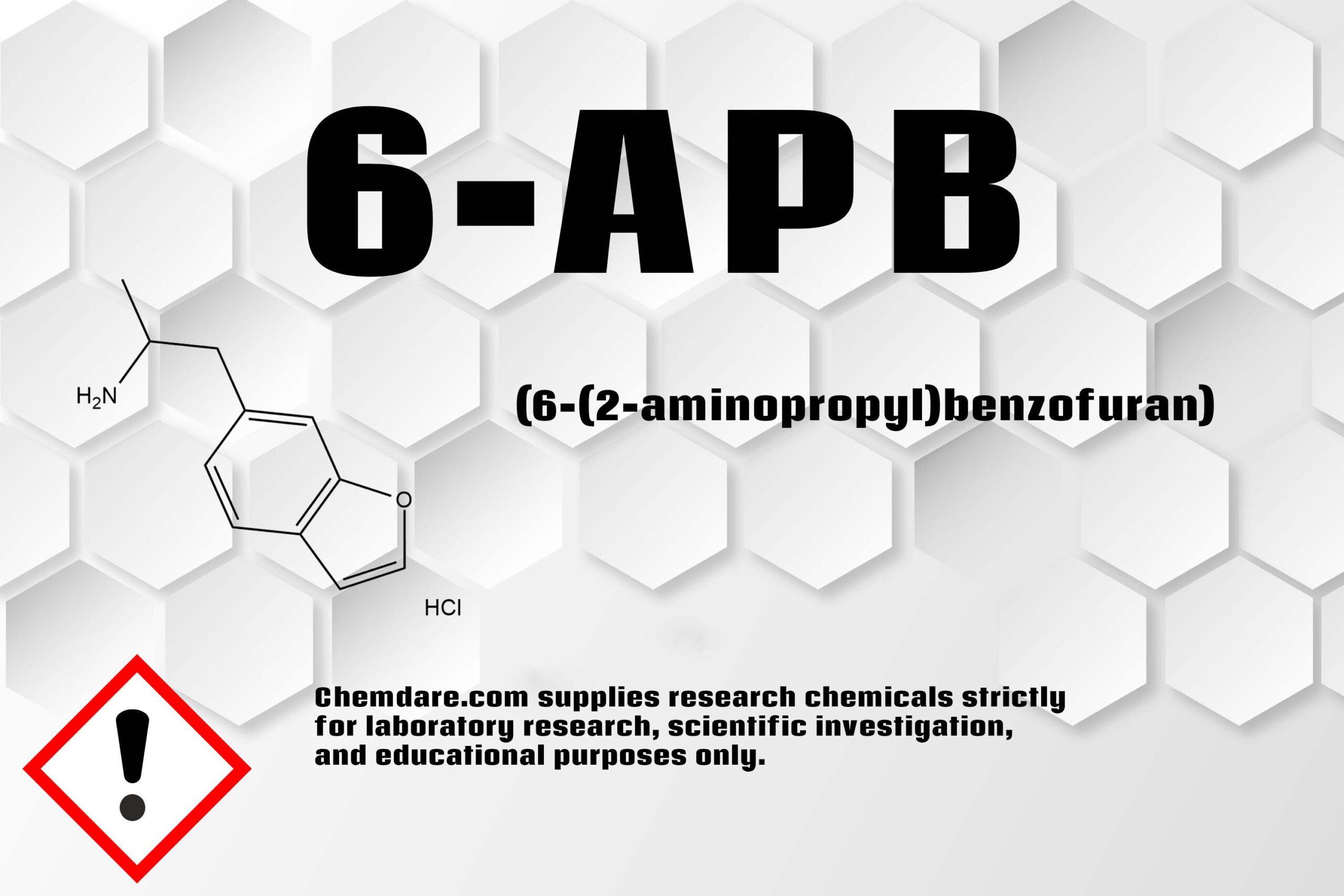
6-APB Powder
6-(2-Aminopropyl)benzofuran (also known as 6-APB and “Benzofury”) is a novel entactogen substance of the benzofuran class. It is structurally related to entactogens like MDA, MDMA, 5-APB, and 5-MAPB.
6-APB was first synthesized in 1993 by David E. Nichols as a potential non-neurotoxic alternative to MDMA. However, recreational human use was not documented until over a decade later, where it briefly entered the rave scene and global research chemical market.
6-APB Research Chemical
6-APB, also known as 6-(2-aminopropyl)benzofuran, is a synthetic molecule of the benzofuran class. The benzofuran class of substances are members of the amphetamine and phenylethylamine classes. Molecules of this class contain a phenethylamine core bound to an amino (NH2) group through an ethyl chain with an additional methyl substitution at Rα. 6-APB does not contain a methyl substitution on RN. It is composed of an an oxygen-substituted benzofuran ring fused at R3and R4 of the phenyl ring.
Subjective effects of 6-APB
Subjective effects include anxiety suppression, disinhibition, muscle relaxation, and euphoria. 6-APB’s effects are commonly compared to those of MDA and other entactogens.
Very little data exists about the pharmacological properties, metabolism, and toxicity of 6-APB, and it has only a brief history of human usage. It has been marketed alongside research chemical entactogens like 5-MAPB and 5-APB as a legal, grey-market alternative to MDMA, and is typically commercially distributed by online research chemical vendors. It is highly advised to use harm reduction practices if using this substance. 6-APB Research Chemical
- Tactile enhancement
- Bodily control enhancement
- Stamina enhancement
- Temperature regulation suppression
- Increased bodily temperature
- Stimulation & Sedation
- Spontaneous physical sensations
- Abnormal heartbeat
- Increased heart rate
- Increased blood pressure
- Increased perspiration
- Dehydration
- Appetite suppression
- Pupil dilation
- Excessive yawning
- Temporary erectile dysfunction
- Teeth grinding
DOSE
Below is a guideline for dosing 6-APB. We assume that we are pure substances.
Swallow:
- Light: 30-75 mg
- Average: 75-125 mg
- High: 125+ mg
Dangerous interactions
- Alcohol
- DXM
- MDMA
- MXE
- Stimulants
- Tramadol
- MAOIs
6-APB properties
| Purpose | |
|---|---|
| Chemical Nomenclature | |
| Common names | 6-APB, Benzofury |
| Substitutive name | 6-(2-Aminopropyl)benzofuran |
| Systematic name | 1-(1-Benzofuran-6-yl)propan-2-amine |
| Class Membership | |
| Psychoactive class | Entactogen / Psychedelic |
| Chemical class | Amphetamine / Benzofuran |
NOT FOR HUMAN CONSUMPTION
Chemdare.com supplies research chemicals strictly for laboratory research, scientific investigation, and educational purposes only. These chemicals are not approved for human consumption, veterinary use, or any other purpose.
6-APB STORAGE GUIDELINES
- To ensure safety and maintain product integrity:
- 1. Store 6-APB chemicals in a well-ventilated, climate-controlled area.
2. Keep away from direct sunlight, moisture, and heat sources.
3. Use compatible, airtight containers with secure lids.
4. Label containers with chemical name, hazard warnings, and date.
5. Segregate chemicals by hazard class and compatibility.
6. Store flammable liquids and gases in approved containers.
7. Maintain accurate inventory and tracking records.
8. Dispose of waste and expired chemicals properly.
warning about HXE
- – Handling 6-APB chemicals requires proper training, equipment, and facilities.
- – Ingestion, inhalation, or exposure can cause serious health risks, injury, or death.
- – Ensure proper storage, disposal, and handling to prevent accidents.


